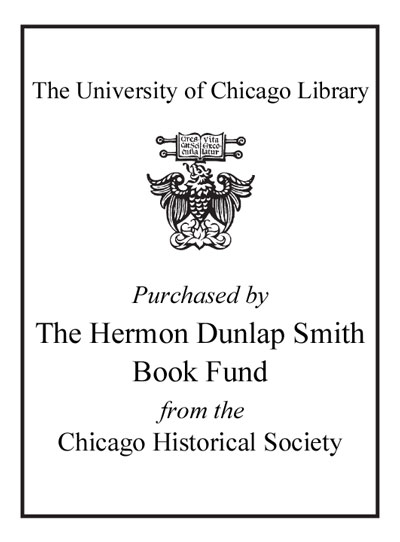Review by Choice Review
Leza (Colorado College), an anthropologist, analyzes a diverse set of indigenous voices bifurcated by the US--Mexico border, chronicling the recent efforts of organizations such as Alianza Indígena, which organizes indigenous borderland communities to advocate for easier "rights of mobility and passage." She begins by discussing the Yaquis, who suffered under the reign of Mexican dictator Porfirio Díaz, causing thousands to flee north into what became the US state of Arizona. Similarly, the Tohono O'odham people became a divided nation during the 19th century owing to the Gadsden Purchase of 1853. In chapter 3, Leza adds other groups to the discussion, such as the Akimel O'odham and Lipan Apaches, many of whom have advocated across community lines for border-crossing rights. Even in the modern period, however, there are still "no set policies or written procedures specifically regarding Native peoples who cross the U.S.-Mexico border for cultural, social, or ceremonial purposes" (p. 107). In chapters 5 and 6 Leza examines the many complexities in indigenous border identities and the various challenges activists face in overcoming intra- and intercommunity divisions. Hopefully, Divided Peoples will provide a ready blueprint for Native peoples to challenge nation-state restrictions on transborder movements. Summing Up: Highly recommended. All readership levels. --Timothy Paul Bowman, West Texas A&M University
Copyright American Library Association, used with permission.
Review by Choice Review

